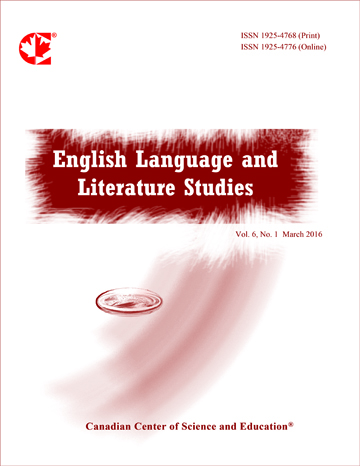The Use of Inflectional Morphemes by Kuwaiti EFL Learners
- Abdullah Alotaibi
Abstract
This research paper aims to test the extent to which 100 Kuwaiti EFL learners are aware of the correct use of inflectional morphemes in English. It also explores the main causes of the errors that Kuwaiti EFL learners may make. Additionally, it checks whether the English proficiency level of the participants plays a role in their answers on the test. To this end, a multiple-choice test was used to measure the participants’ ability to use the correct inflectional morphemesin English. Following data analysis, the results reveal that Kuwaiti EFL learners are aware of the correct use of the inflectional morphemes in English to a certain degree (total mean=65.5%). Additionally, the t-test shows that the participants’ English proficiency level plays a central role in their comprehension of these morphemes. In particular, there is a statistically significant difference between the answers of the advanced learners (ALs) (73.5%) and intermediate learners (ILs) (57.5%). The number of correct answers provided by ALs is higher than that provided by ILs. Regarding the types of errors made by the participants, it has been argued that the most noticeable ones are due to first language (L1) negative transfer and the irregularity of some types of inflectional morphemes in English. Finally, the study concludes with some pedagogical implications and recommendations for further research.
- Full Text:
 PDF
PDF
- DOI:10.5539/ells.v6n3p32
